Container Terminals
The container terminal industry is constantly looking for ways to improve efficiency and productivity. Larger deeper draft vessels require ever greater depth alongside, larger cranes with greater reach and faster turnarounds. To meet throughput demands terminal operations are migrating towards larger scale container handling equipment, stack heights and ultimately automation.
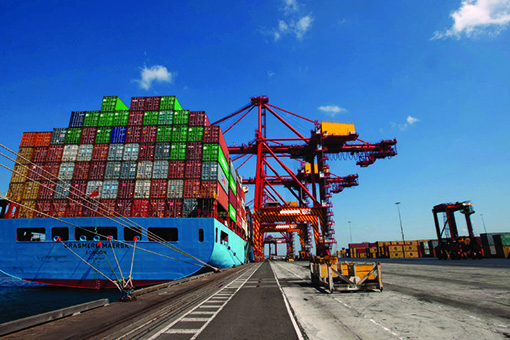
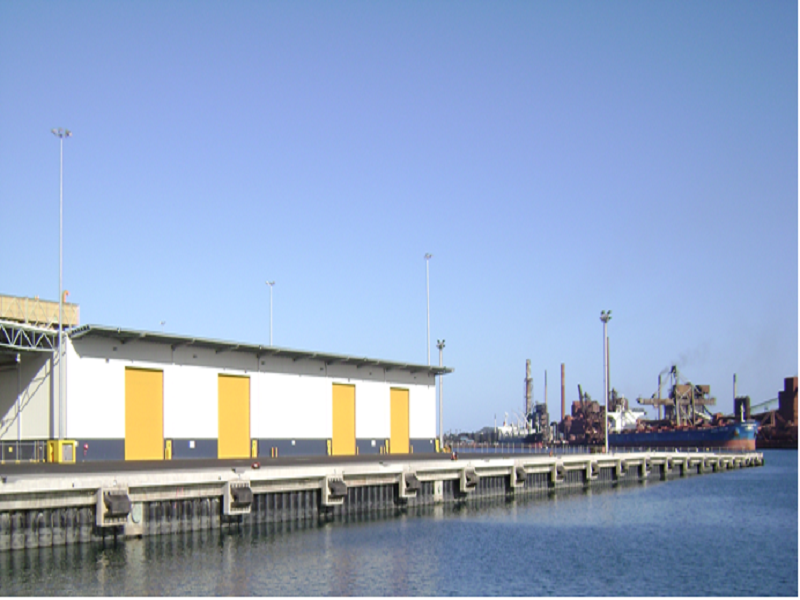
Multipurpose Terminals
Multipurpose terminals are a key port solution allowing an array of different operations to coexist and share common port assets. They allow ports to leverage their limited key assets, improve berth occupancy and returns without necessarily sacrificing vessel service efficiency.
Dry Bulk Terminals
Dry bulk terminal facilities are specialised, each requiring tailored solutions from port storage, to reclaiming, conveyors, transfer towers, trippers and ship loaders. The diversity of solutions is evidenced by the modes of delivery of cargo to dry bulk ships from the more conventional rail and road to containerisation and slurry pipelines.
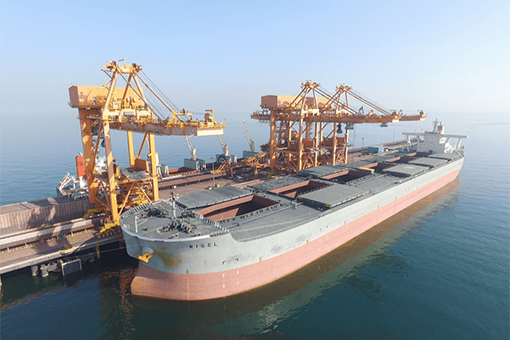
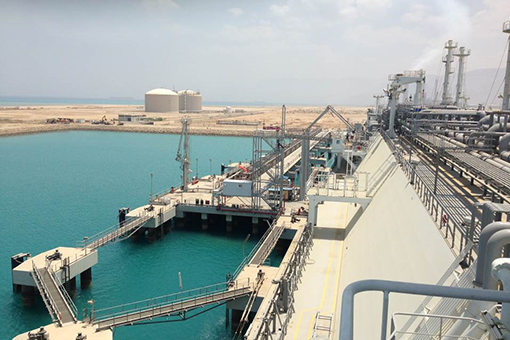
LNG and Liquid Bulk Terminals
LNG and liquid bulk facilities are dedicated facilities to service the marine transport of natural gas, petroleum, chemicals and liquid foodstuffs such as beverages and food oils. These facilities cater for the specific LNG or bulk liquid vessels which may have a wide range of freeboard, limited flat side area, restricted positioning along the berth and hull pressure limits.
Roll-on / Roll-off RoPax and Ferry Terminals
From dedicated Ro-Ro facilities, Ro-Pax and vehicle ferry and passenger ferry terminals, each facility requires a careful consideration of the environmental exposure and risks, berthing and mooring procedures and particular vessel characteristics, access points and equipment capabilities. These vessels will often have high windage areas, specific positional requirements alongside and limited flat sided hull for fender contact and are typically berthed without tug assistance.
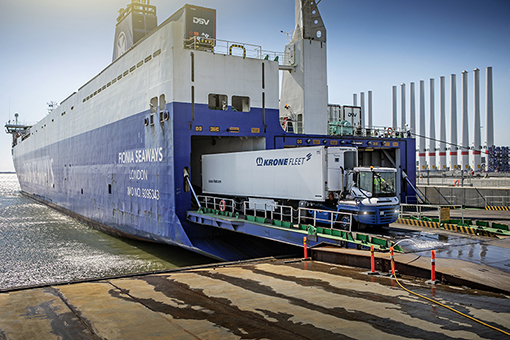
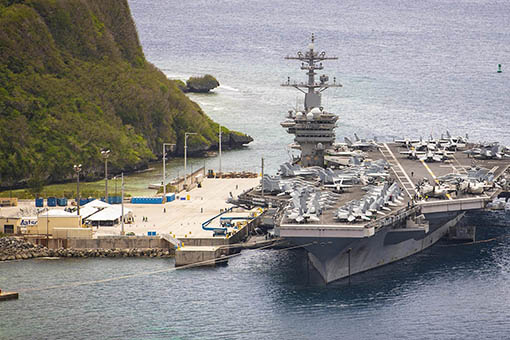
Defence Facilities
Defence facilities require project specific provisions for functionality and fendering and mooring systems to suit the particular class of vessels, hull pressure limitations, limited opportunities for fender contact, vessel standoff distance requirements and on-board mooring systems. Cargo transfer operations, particularly munitions require attention to craneage and risks.
Ship Repair Facilities
Ship repair facilities take many forms and include slipways, ship lifts, floating docks and multi- user facilities. With each the design or new facilities or upgrading of existing facilities requires an in-depth understanding of the Client’s functional requirements and immediate and long-term objectives.
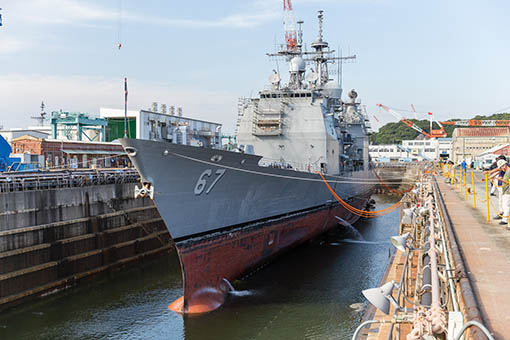
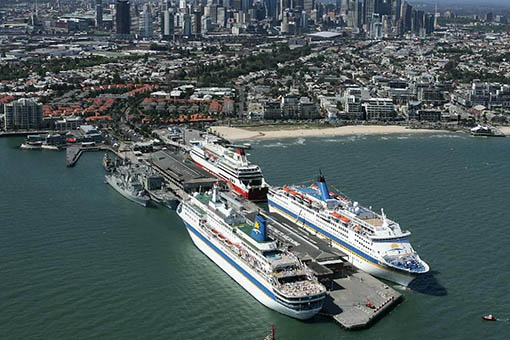
Cruise Terminals
The growth of the cruise shipping industry has until recently been relatively steady with increasing visits locally in Australia and overseas, particularly to new destinations. Increases in vessel size have required assessments and sometimes upgrades or retrofits of existing wharves and navigational access. Vessel drafts remain typically below 10m to afford greatest access to remote locations.
